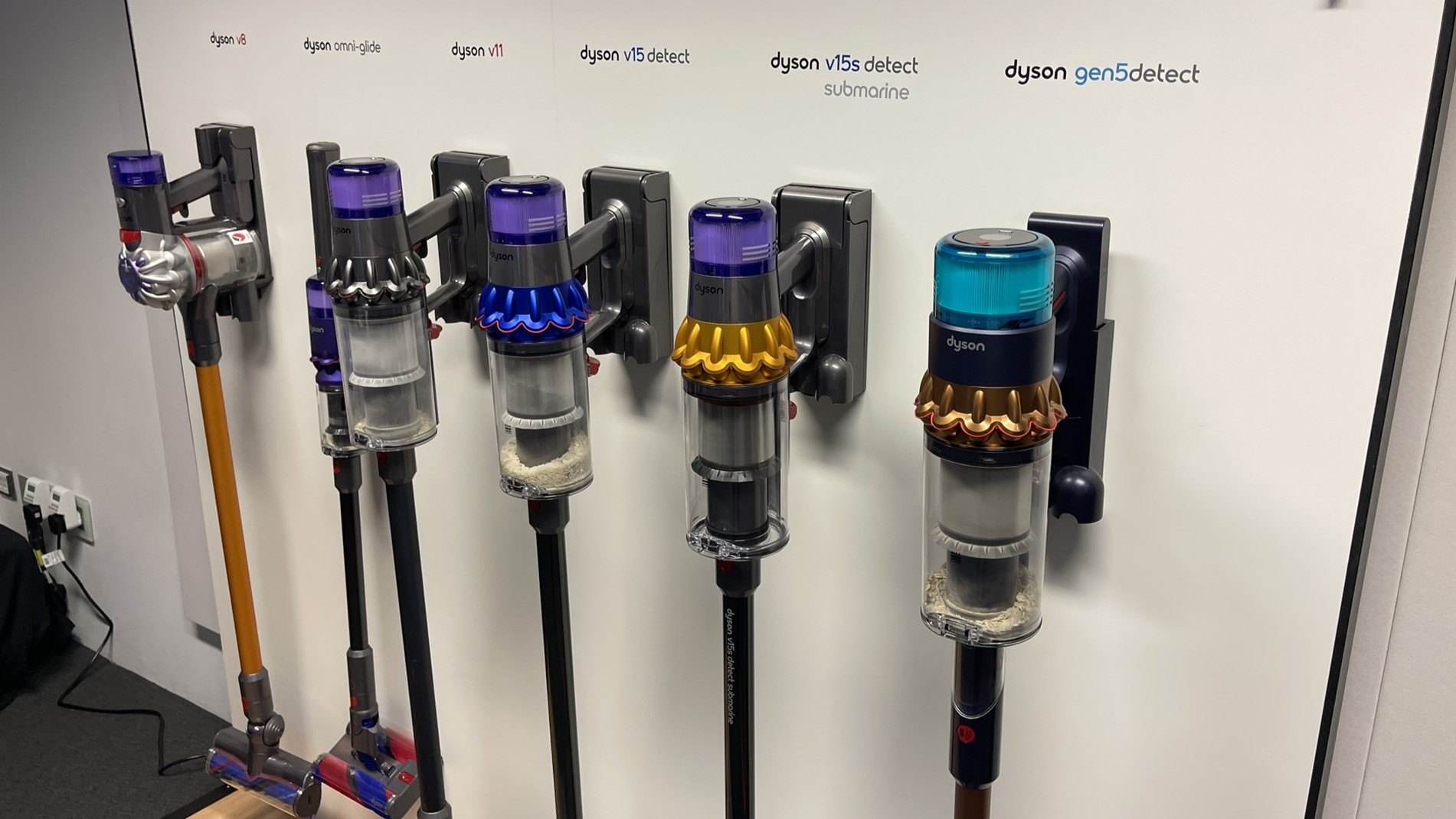
The WashG1 is Dyson's first dedicated wet floor cleaner. It's becoming increasingly common for today's homes to have predominantly hard floors, and this is Dyson's entry into the hard floor cleaning world.
The WashG1 can clean wet and dry messes while separating them at the source. A spilled bowl of cereal, for example, can be cleaned by going over it with the WashG1, and the milk will be sucked into a dirty water tank while the cereal will empty into the debris tray.
At the same time, the brush rollers wash the floor with clean water and wipe it away so that it's dry a few moments later without leaving inconsistent streaks.

Charlie Park, VP of Dyson Home Engineering, emphasizes the importance of this: 'Most of us vacuum our homes regularly. But whilst wet cleaning is considered a necessary chore globally, many of us don’t know why we do it beyond the vague notion of hygiene. In fact, cleaning with water is essential to rehydrate and remove tough, dried-on stains.'
I was able to get hands on with the Dyson WashG1 at their test labs in Malmesbury, UK. After revealing the new floor cleaner, with the surprising announcement that it doesn't rely on suction (famously unlike all of Dyson's best vacuum cleaners), we were able to try it out for ourselves and speak with the engineers who worked on it.
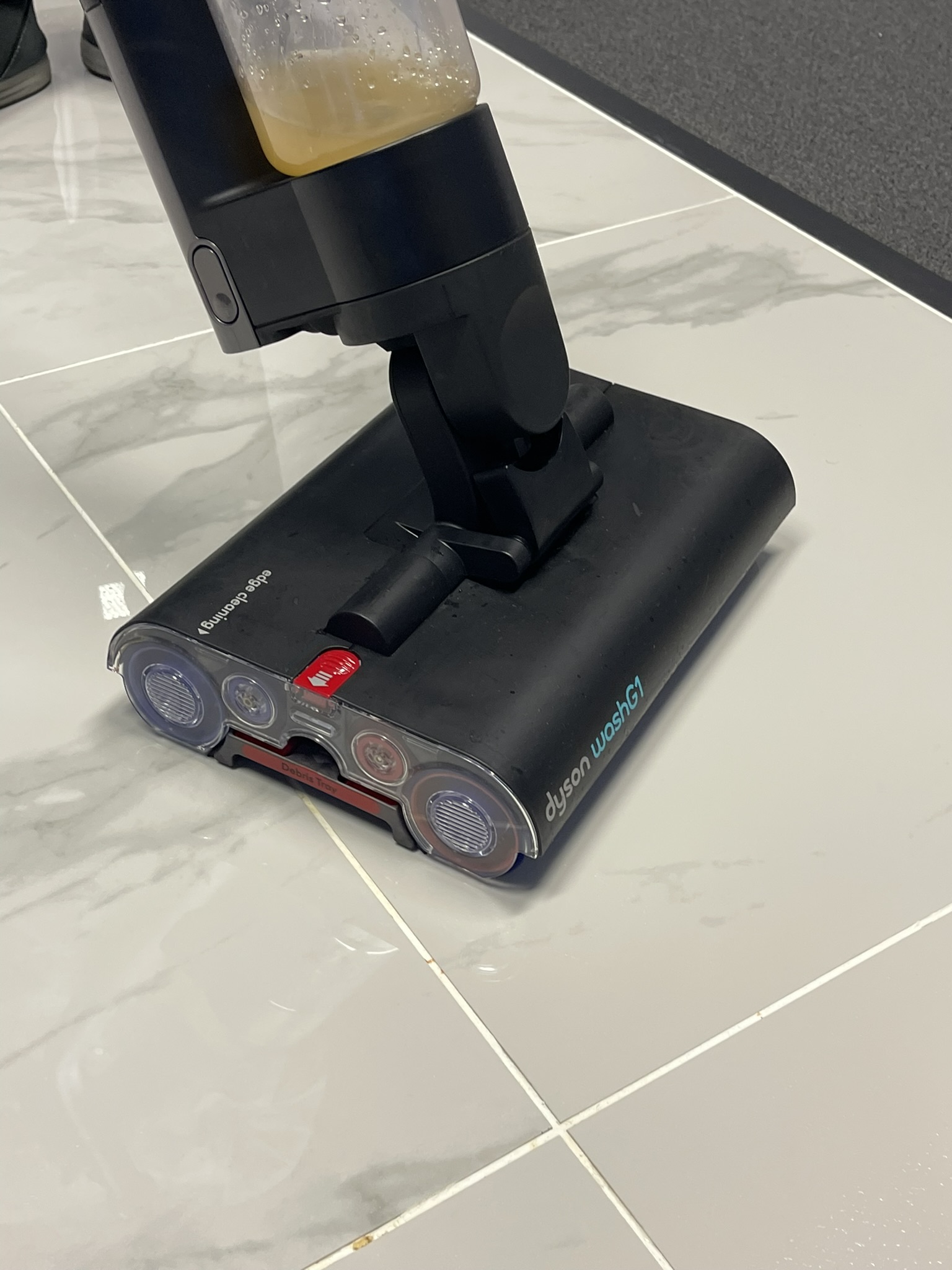
Ketan Patel, Senior Dyson Floorcare Engineer, spoke about what the aim is with the Wash G1, and what separates it from what Dyson has done before:
'We spent time trying to understand what people's homes have. We've done testing, not just on things you find in your pantry cupboard like sugar, salt, coffee, wet stuff, and juices. But also things you might find in your bathrooms and bedrooms, like makeup, lip gloss, hand sanitizer, and detergents. We want the machine to handle those spillages, too.'
The Dyson Wash G1 will be available later this year for £599 / $699 at Dyson UK and Dyson US. Read on to find out exactly what it does and how well it can clean your hard floors.
What does the Dyson WashG1 do?
The Dyson WashG1 washes hard floors while sucking up wet messes and dry debris. Surprisingly from Dyson, it isn't a vacuum cleaner as it doesn't rely on suction. Instead, it uses two opposing microfiber rollers, each with its own motor, that spin at 250RPM.
As the rollers spin, they pick up solid debris and liquids - and separate them in the process. Liquids then feed into the dirty water tank while solids go into the debris tray, making it easier to dispose of after cleaning.
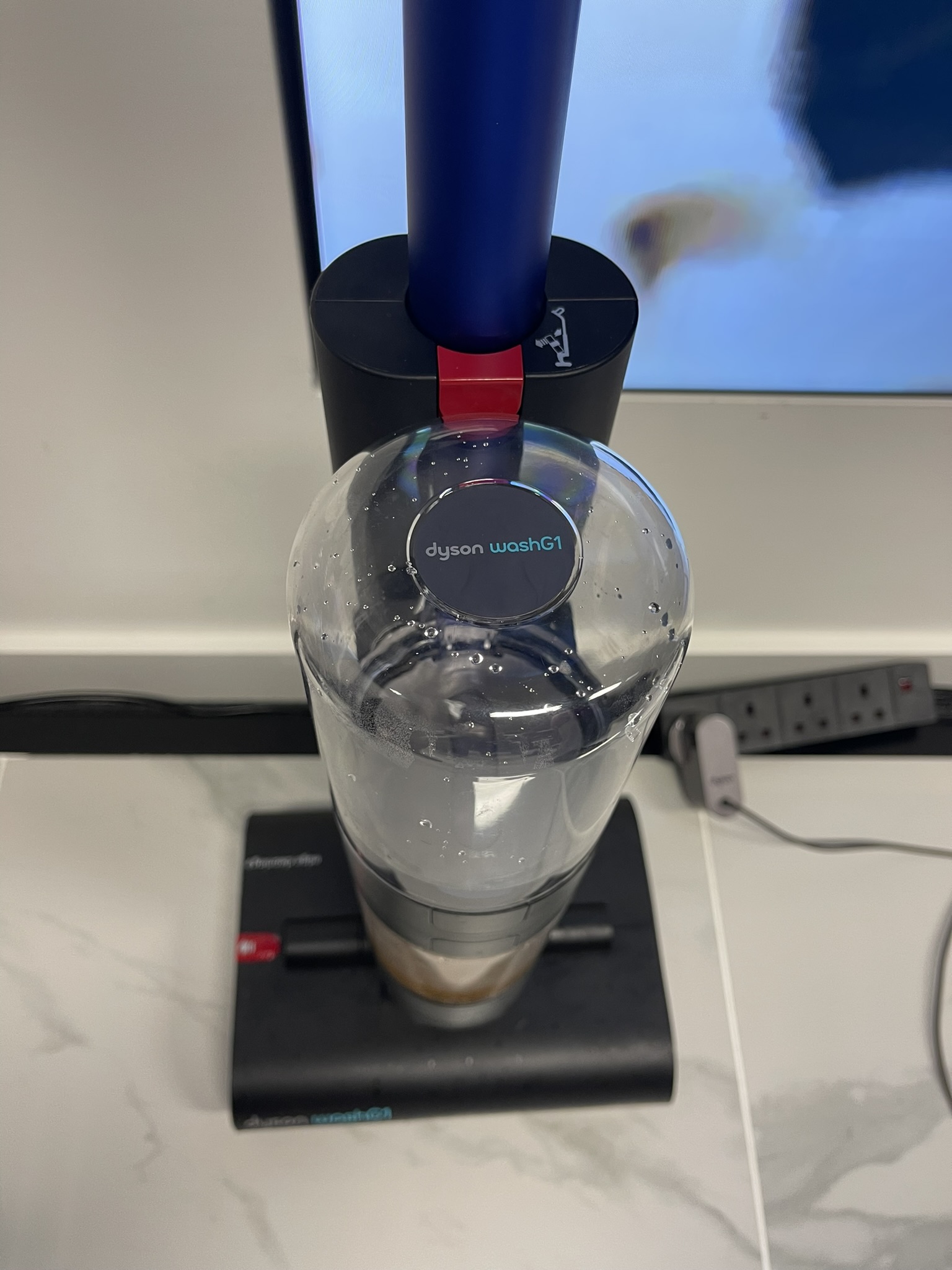
As well as a dirty water tank, the WashG1 also has a clean water tank, that uses a pulse modulated hydration pump to deliver water to the rollers via 26 hydration points. So on top of pulling up messes and debris, it washes the floor in the process. I chatted to the engineers while they were showing us the WashG1, and they confirmed that we're able to use a mild cleaning solution in the clean water tank if we wish but that it isn't necessary for it to be able to clean floors effectively.
It's this floor-washing feature that makes the WashG1 capable of cleaning away dried-on stains. Instead of suction, it utilizes hydration, agitation, and separation to deep clean whatever's on the floor. The Dyson engineers explained that, when designing the WashG1, they found that suction made it difficult to maintain - and resulted in some nasty, lingering smells. It also would have to use a motor, which would drive up both the weight and the cost of the cleaner.

It might not have Dyson's signature motor technology, but it does still have low, medium and high hydration modes to control your level of cleaning - similar to their cordless vacuums. Within these three modes, there are three additional sensitivity settings for fine-tuning, and there's a 'boost' mode that applies the maximum amount of hydration for the toughest stains. This is controlled using a control panel, showing the hydration level and the remaining runtime.
The WashG1 includes a station, and when docked, it will clean itself, saturating the rollers with clean water on the highest boost setting. It'll then flush the whole system to be ready for the next use.
What is the Dyson WashG1 like to use?

Straight away, I noticed how smooth it is. It glides across hard floors with an impressive lack of effort, and you quickly get a feel for how lightweight it is.
We threw all sorts on the floor (mustard, ketchup, tartare sauce, Cheerio's) and the WashG1 had no problem at all picking them up. I will say that the floor we were testing on was about as smooth and polished as you can get, and other homes are likely to have tile grout or wooden grooves where messes may not be cleaned as easily.
But this is where the microfiber rollers will likely come in handy. They're fluffy, and that level of thickness will lend itself well into getting into the various dips and grooves that certain hard floor types can have.
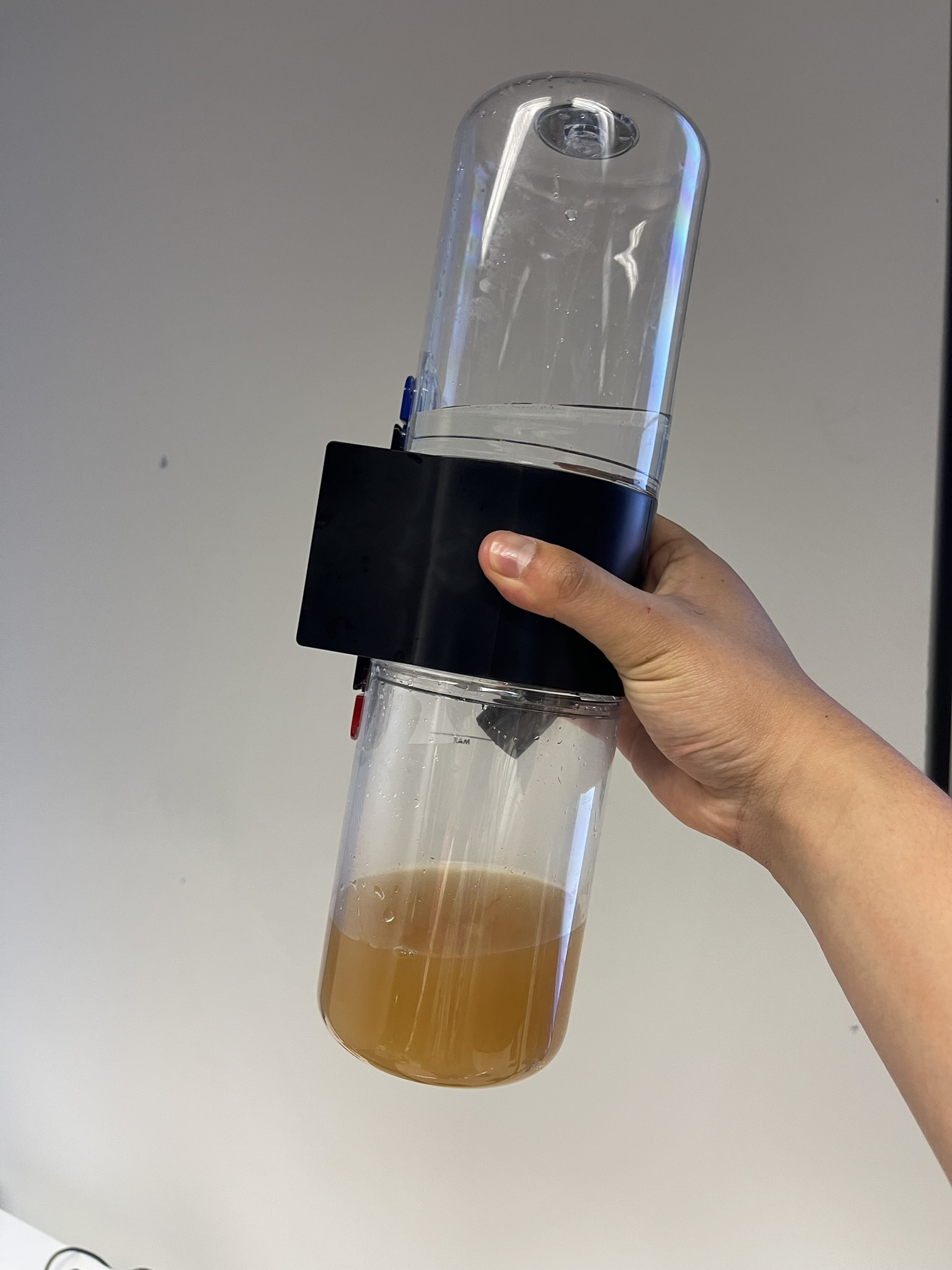
Being able to clearly see the clean and dirty water tanks shows exactly what's happening, too. As you run the WashG1 across a dirty mess, you can see a murky, brown liquid start to fill the dirty tank. Dyson's promise of separating solid and wet messes rings true: there were never any solid particles sucked into the dirty tank, all of them were emptied into the debris tray.
Then, emptying the WashG1 was as easy as I've come to expect from Dyson. Both the clean and dirty tanks can click away using a button, then you can just pour the dirty liquid down the sink. They have separate connectors, so there isn't any confusion about which tank goes on which side. The debris tray pulls out at the base and can be emptied into the bin.
My only concern with the WashG1 is that, on first impressions, it didn't appear to be the most durable. With the aim of keeping it lightweight, it's a predominantly plastic appliance, and I noticed that it makes a loud clicking noise every time you push it into the movement position, almost as if something is snapping. I don't doubt that Dyson has tested for durability, but I wondered how that might sound after owning the appliance for a few years. Perhaps I just felt it's a little too light from what I've expected from their appliances in the past. It's also worth noting that the rollers will need to be replaced every 6 months or so, so you can expect recurring costs once you buy one.
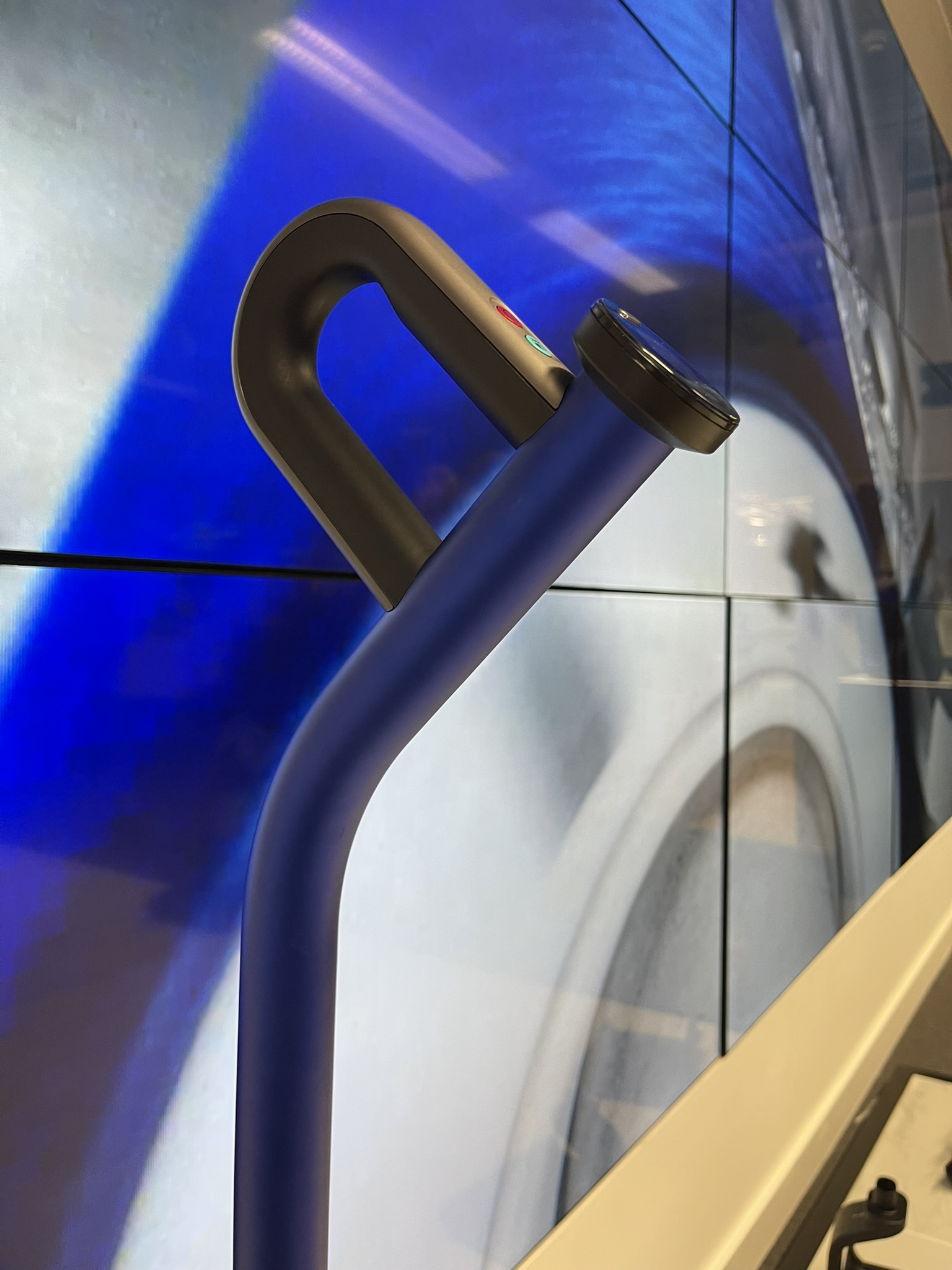
But all in, this is an impressive machine that will undoubtedly change the way we tackle hard floor cleaning. Having a lightweight, smooth, and easy-to-clean floor cleaner on hand will mean messes are cleaned up instantly, and you won't have to worry about having that inconsistent finish that mops always leave behind.
We're continuously impressed by the best Dyson vacuums, so we're excited for the WashG1 to be released to see how well it does in a home environment.







